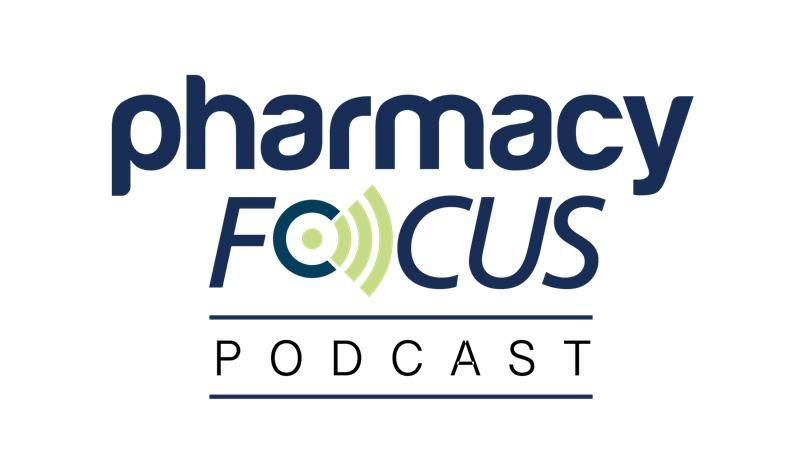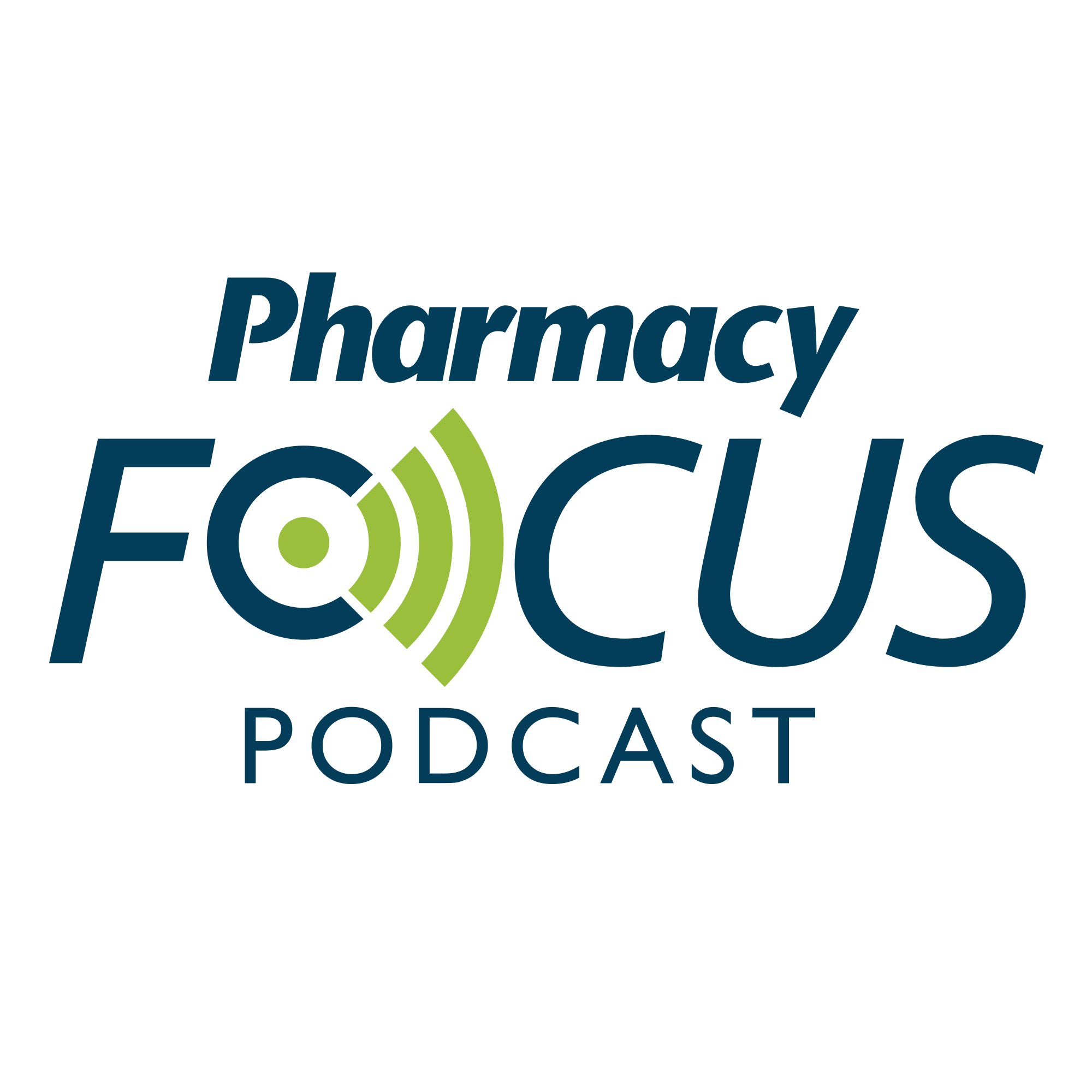Publication
Article
Pharmacy Times
Coronary Heart Disease: The Heart & Mind Connection
Author(s):
Depression often preys on patients with cardiac conditions.

Depression often preys on patients with cardiac conditions.
Coronary heart disease (CHD)— also referred to as coronary artery disease and related to ischemic heart disease and atherosclerosis—is the leading cause of death and disability in the United States.1 Pathophysiology involves multiple pathways, resulting in damage to the inner walls of arteries, which then become susceptible to hard, fatty plaque deposits (atherosclerosis). These deposits narrow the arteries and decrease oxygen- and nutrient-rich blood flow to the heart.1 Symptoms include chest pain (angina), dizziness, palpitations, irregular heartbeat, shortness of breath, jaw pain, nausea, and shoulder or arm pain. While chest pain is the most common symptom for men, women and the elderly are more likely to experience other symptoms.2 Patients in the early stages of CHD are asymptomatic; arteries can be blocked more than 50% before patients experience symptoms.3
Risk Factors
CHD’s risk factors are well documented: age (incidence increases with age), gender (more common in men), heredity, smoking, hypertension, elevated cholesterol levels, diabetes, obesity, inadequate physical exercise, and stress.3 Elevated low-density lipoprotein cholesterol levels in particular play a crucial role in atherosclerosis.4 The statistics on risk factors are daunting (Table5).

Role of Depression and Psychosocial Factors
Depression is an independent risk factor for CHD; prevalence for clinical depression among CHD patients is 20%.6,7 Untreated depression and those with treatment-resistant depression have poorer outcomes.6,7 CHD patients with depression taking a selective serotonin reuptake inhibitor, for example, are 42% less likely to experience recurrent myocardial infarction than those without treatment.8 The American Heart Association now recommends depression screenings for all CHD patients.
Along with depression, anger, hostility, and irritability are likewise linked to CHD. Other psychosocial risk factors include low socioeconomic status, lack of social support systems, the existence of family and job stress, and the death of a loved one. Marital stress, for example, is associated with a 2.9-fold increased risk for a recurrent coronary event.8 Like depression, addressing psychosocial factors and treating stress-induced anxiety are critical; those without treatment have poorer outcomes.7
Treatment
Effective treatment of CHD requires a multidisciplinary approach, incorporating pharmacotherapy, counseling, and lifestyle changes. Treatment’s objectives include1,8:
- Preventing modifiable risk factors from emerging (primordial prevention)
- Minimizing or eliminating existing risk factors (primary prevention)
- Treating risk factors following a coronary event to prevent further occurrences (secondary prevention)
Pharmacotherapy and lifestyle changes are the cornerstones for treating CHD. Severe CHD may require surgical intervention (eg, coronary stents, coronary artery bypass grafting). Drug regimens are patient specific and target obesity, diabetes, hypertension, and dyslipidemia. Aggressive treatment of hypertension and dyslipidemia significantly reduces morbidity and mortality.8 Patients with low risk factors live 9.5 years longer than those with elevated risk factors, underscoring the importance of minimizing or eliminating risk factors.4
Aspirin (or other antiplatelet agents), angiotensin-converting enzyme inhibitors, and beta blockers reduce recurrent cardiac events in patients after a myocardial infarction. Other commonly used agents for treating CHD include niacin, fibrates, bile acid sequestrants, angiotensin II receptor blockers, nitroglycerin, and calcium channel blockers and statins. Depression is treated with serotonin reuptake inhibitors; sertraline and citalopram are preferred first-line agents.7
Lifestyle changes—weight management, physical activity, tobacco cessation, and dietary modification—are universally recommended by evidence-based guidelines.1 One meta-analysis, for example, found that moderate physical activity reduced CHD and risk of stroke up to 30% and 20% for men and women, respectively.9 Because obesity is pleiotropic, it is often the most urgent risk factor requiring intervention.
Counseling CHD Patients
Counseling begins with reviewing the causes of CHD, emphasizing that some risk factors are modifiable. Stress the importance of lifestyle changes, noting that optimum outcomes will not be achieved through medication alone. Physical activity is one of the most important components in minimizing risk, positively impacting weight management, blood pressure, cholesterol, and triglycerides.8 Ideally, patients should exercise 30 to 60 minutes each day.
Along with exercise, lifestyle changes must include weight and dietary management, prudent alcohol consumption, and tobacco cessation. Following a myocardial infarction, for example, patients who quit smoking reduced their mortality risk by 33%.8
Final Thought
CHD is largely preventable, but undertreatment is common, making pharmacist counseling all the more critical.5
Counseling Guidelines for CHD
- Review current drug regimens, probing for adverse effects and emphasizing medication adherence.
- Emphasize that there is no magic pill; effective treatment must include lifestyle changes.
- Stress that patients need to call 911 immediately when experiencing chest pain or other symptoms. Review how symptoms may differ for women and the elderly.
- Stress the importance of glycemic control; CHD patients with diabetes have higher mortality rates than those without diabetes.
- Encourage patients to see providers regularly; early detection of CHD results in better outcomes.
- Encourage patients to ask providers about statin therapy. Although guidelines recommend statins for primary prevention, they are underprescribed.1
- Inform Medicare recipients that Medicare funds 1 outpatient intensive behavioral counseling session on preventing and/or reducing CHD’s risk factors.
- Review the importance of lowering cholesterol levels, especially LDL.
- Probe for depression and psychosocial stressors. When present, encourage professional counseling.
- Recommend tai chi for patients with limited exercise ability.
- Encourage low-fat and low-calorie diets; warn patients about fad diets.
- Discourage alcohol and tobacco use.
- Seek a commitment for engaging in exercise and adhering to healthy diet choices
- Encourage patients to eat oily fish (eg, herring, salmon); eating fish twice a week reduces CHD mortality by 32% or more. If patients ask about fish oil supplements, explain they are not as effective as eating fish.
- Encourage influenza vaccination; the American Heart Association recommends annual vaccination for CHD patients.
CHD = coronary heart disease; LDL = low-density lipoprotein.
Adapted from references 1, 2, 4, 6-8, and 10-12.
Dr. Zanni is a psychologist and health-systems consultant based in Alexandria, Virginia.
References
- Weintraub WS, Daniels SR, Burke LE, et al. American Heart Association Advocacy Coordinating Committee; Council on Cardiovascular Disease in the Young; Council on the Kidney in Cardiovascular Disease; Council on Epidemiology and Prevention; Council on Cardiovascular Nursing; Council on Arteriosclerosis; Thrombosis and Vascular Biology; Council on Clinical Cardiology; and Stroke Council. Value of primordial and primary prevention for cardiovascular disease: a policy statement from the American Heart Association. Circulation. 2011;124:967-990.
- Coronary heart disease. PubMed Health. www.nlm.nih.gov/medlineplus/ency/article/007115.htm. Accessed October 13, 2012.
- Singh V. Coronary heart disease. www.emedicinehealth.com/coronary_heart_disease/article_em.htm. Accessed October 13, 2012.
- Kromhout D, Menotti A, Kesteloot H, Sans S. Prevention of coronary heart disease by diet and lifestyle: evidence from prospective cross-cultural, cohort, and intervention studies. Circulation. 2002;105:893-898.
- Kones R. Primary prevention of coronary heart disease: integration of new data, evolving views, revised goals, and role of rosuvastatin in management: a comprehensive survey. Drug Des Devel Ther. 2011;5:325-380.
- Serrano CV Jr, Setani KT, Sakamoto E, Andrei AM, Fraguas R. Association between depression and development of coronary artery disease: pathophysiologic and diagnostic implications. Vasc Health Risk Manag. 2011;7:159-164.
- von Känel R. Psychosocial stress and cardiovascular risk: current opinion. Swiss Med Wkly. 2012;142:0. doi:10.4414/smw.2012.13502.
- Hall SL, Lorenc T. Secondary prevention of coronary artery disease. Am Fam Physician. 2010;81:289-296.
- Li J, Siegrist J. Physical activity and risk of cardiovascular disease—a meta-analysis of prospective cohort studies. Int J Environ Res Public Health. 2012;9:391-407.
- Walker EP. Medicare to cover heart disease counseling. MedPage Today; November 9, 2011. www.medpagetoday.com/PublicHealthPolicy/Medicare/29561. Accessed October 13, 2012.
- Pignone MP, Ammerman A, Fernandez L, et al. Counseling to promote a healthy diet in adults: a summary of the evidence for the U.S. Preventive Services Task Force. Am J Prev Med. 2003;24:75-92.
- Ng SM, Wang CW, Tin-Hung Ho R, et al. Tai chi exercise for patients with heart disease: a systematic review of controlled clinical trials. Altern Ther Health Med. 2012;18:16-22.

Newsletter
Stay informed on drug updates, treatment guidelines, and pharmacy practice trends—subscribe to Pharmacy Times for weekly clinical insights.






